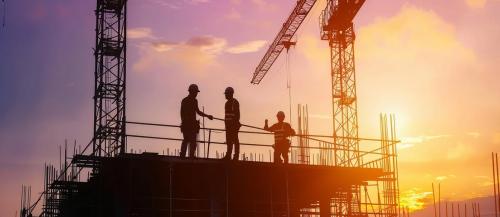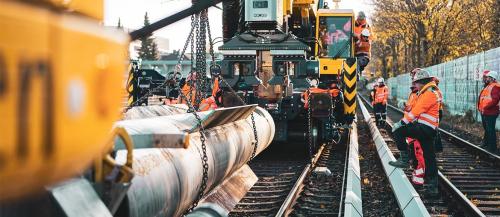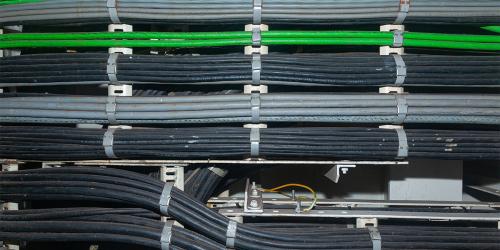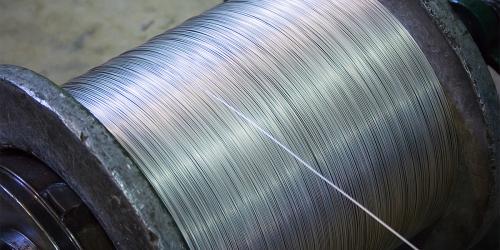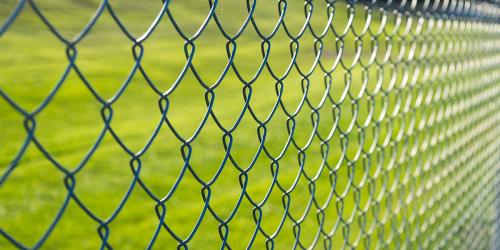We’ve all seen the familiar sight of copper wire with its shiny, reddish-brown colour – from electrical wires to jewellery, it is used across many industries. Whilst you might be familiar with the look of copper wire, do you know how exactly it is made? In this blog post, we invite you to step inside the fascinating world of copper wire production, starting from its extraction to how it ends up in your home.
The Start: Mining Raw Copper
The journey of copper wire starts with the mining of raw copper ore. Copper ore, which is primarily composed of copper-bearing minerals is extracted from the earth by open-pit or underground mining. After extraction, the ore is crushed and ground to create a concentrated copper powder called copper concentrate. This concentrate contains about 25-30% of actual copper.
The Conversion: Smelting and Refining
Once the copper concentrate is prepared, it undergoes a two-step process called smelting and refining, which extracts the pure copper. Smelting involves heating the concentrate in a furnace, which separates the copper from the other elements in the ore. The result is a 98-99% pure molten copper, known as ‘blister’ copper due to its blistered appearance.
The blister copper is then refined further through the process of electrolytic refining. This technique involves immersing the blister copper in an acid solution which has an electrical current passing through it. This process causes the copper atoms to lose electrons and dissolve, whilst the impurities fall to the bottom as ‘slimes’. The dissolved copper ions move towards the cathode, where they gain electrons and deposit as 99.99% pure copper.
Copper can also be extracted by a process called ‘leaching’ which is a more environmentally friendly approach when compared to traditional mining. This method treats copper ores with sulphuric acid, effectively dissolving the ore and forming copper sulphate. This resultant solution is then subjected to electrolysis. The leaching process, by virtue of its less destructive nature, poses less harm to the environment compared to conventional mining practices.
The Transformation
- Wire Drawing
Once the pure copper has been extracted, it is time to transform it into copper wire. The first step in the transformation is a process called ‘wire drawing’ which involves passing the copper rod through a series of dies, which get progressively smaller. Each die reduces the diameter of the copper rod and increases its length, effectively drawing it out into a wire. The process is completed several times until the gauge of the copper rod reaches the desired wire thickness.
- Annealing Process
Following the drawing process, the wire is generally annealed, to make it more soft and malleable. This can be deemed as quite an important step, as the copper tends to become brittle after the drawing stage. To make the copper soft, it is heat-treated in an electric furnace to recrystallise it back into its original state.
- Coating
Although after the annealing process the wire is ready to use, many choose to coat the copper to prevent oxidation and to improve its electrical conductivity. This can be achieved through various processes, such as electroplating, where a thin layer of another metal is deposited onto the wire's surface. For instance, a copper wire might be coated with tin to enhance its corrosion resistance. Once this step is complete, the wire can be wound onto spools and is ready to use.
In the modern world, copper wire has become a staple in various industries, thanks to its excellent electrical conductivity and thermal properties. From the tiny wires in our electronic devices to the large cables that power our cities, copper wire is at the heart of our connected world.
Producing copper wire is a complex process that demands a careful balance of precise operations. But the end product, a high-quality, robust, and versatile wire, makes it all worthwhile. Next time you see a coil of copper wire or a copper-wired appliance, you'll know the intricate steps involved in its creation!
Remember to check out our wide range of products on our website today, suitable for every DIY and construction application. If you have any questions regarding copper wire or the rest of our stock, please contact us on 03330 117818 or email [email protected] – we are always on hand to help!


